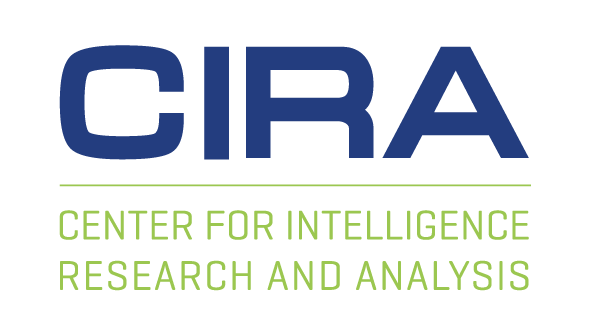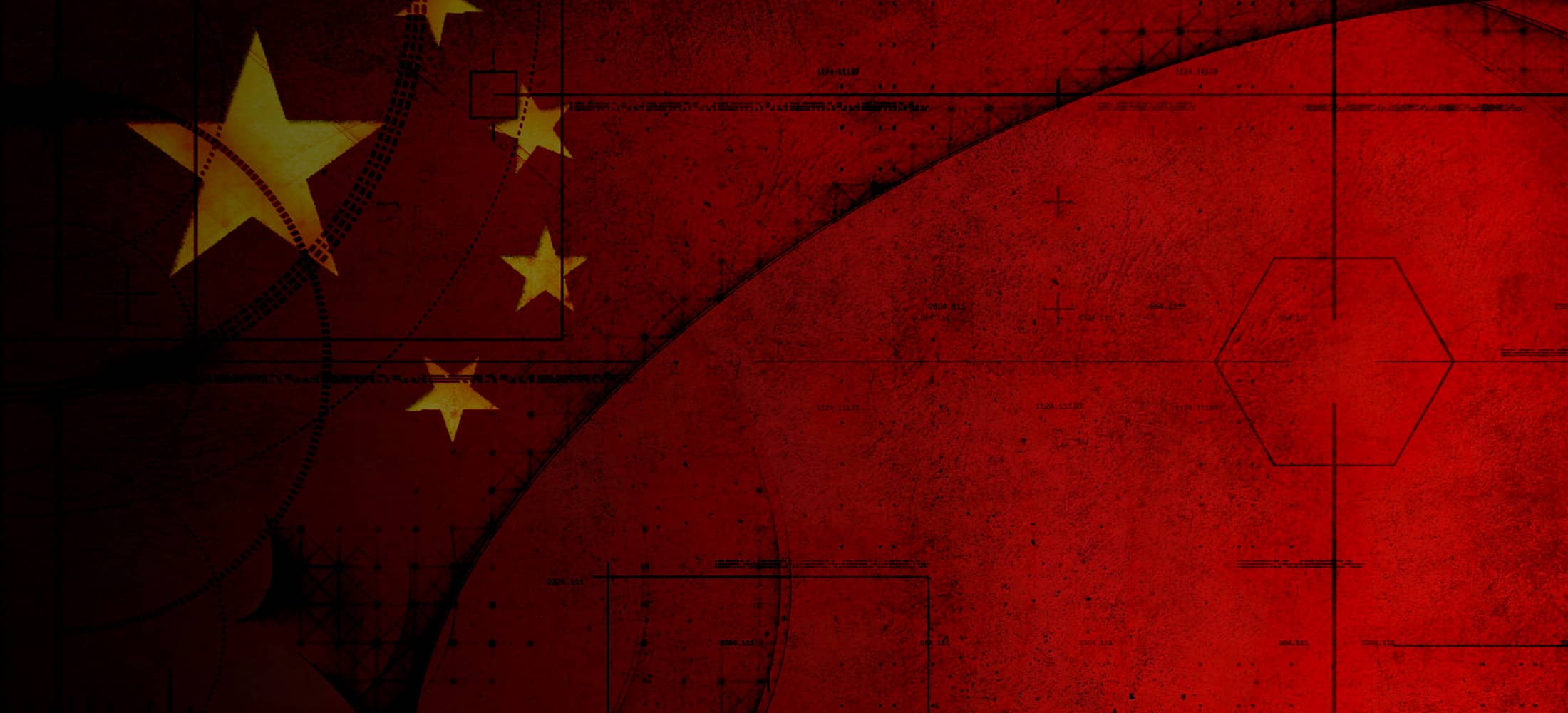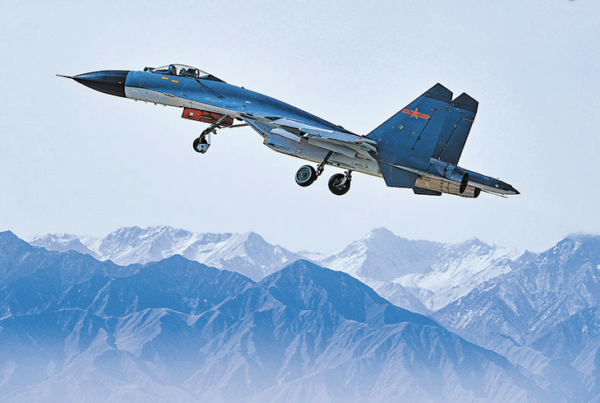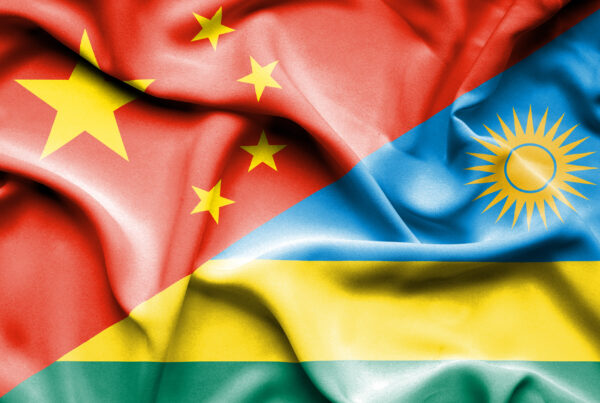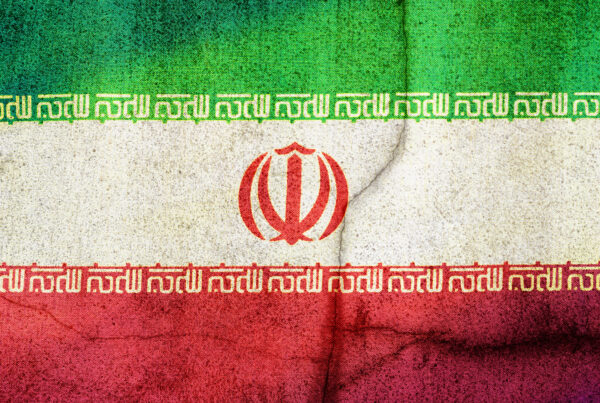CIRA China analysts John Chen, Kieran Green, and Joe McReynolds have published a chapter on China’s Strategic Support Force in the newly released academic compilation The PLA Beyond Borders: Chinese Military Operations in Regional and Global Context:
Over the past half-decade, China’s military leadership has deepened the PLA’s preparations for fighting “informatized local wars” (信息化局部战争), implementing massive organizational reforms designed to improve the PLA’s ability to carry out joint operations both along China’s periphery and further afield. One critical determinant of success in conducting these operations will be the ability of the PLA Strategic Support Force (SSF) to provide effective communications and reconnaissance for PLA units from different services, sometimes deployed far from China’s shores. Formed at the end of 2015 in the first round of the PLA’s most recent comprehensive reorganization, the SSF’s absorption of cyber warfare, electronic warfare, satellite communications and reconnaissance, and psychological operations units highlights the importance of information dominance in the PLA’s plans for future combat operations. The newly formed force was charged with securing the information domain while working closely with the other PLA services to execute regional and global military operations.
At its founding, many aspects of the PLA SSF remained a mystery to foreign military analysts. The SSF was almost entirely composed from existing PLA units, but its stated purpose was to combine, evolve, and employ those capabilities in new ways that would be suited to modern information warfare. This mandate led to the SSF’s organizational structure remaining in flux during its first few years. Only limited information was initially released about the SSF’s structure and strategic roles, which likely reflected ongoing debates within the PLA as to what type of force the SSF should become. In the more than four years since its creation, however, the SSF’s organizational structure has solidified and more information about its personnel, operations, and broad mission-set has been made public. The SSF is now increasingly well understood by external observers of the PLA, who relentlessly track the force’s subordinate units, leadership appointments, training exercises, and military academic publications through a wide range of publicly available sources.
However, there are still critical areas in which the SSF is not well understood by foreign military analysts. In particular, relatively little is known about its role and organizational linkages to other parts of the PLA for joint warfare, including its ability to work with the services and Theater Commands (TCs) to successfully conduct its designated missions in the information domain. The manner in which the SSF will carry out these operational missions in concert with civilian agencies and other PLA entities will necessarily depend on both its organizational position within the PLA and the command and control functions the SSF provides through its information support role.
To read more, see The PLA Beyond Borders: Chinese Military Operations in Regional and Global Context
The views and opinions expressed in the above article are those of the author. They do not necessarily reflect the official policy or position of SOSi or its affiliates, including CIRA. Any content provided by our think tank contributors is of their individual expert opinion unless explicitly stated otherwise. CIRA’s think tank experts base their views upon current information they consider reliable. Neither SOSi nor its affiliates warrant the completeness or accuracy of the above commentary.
